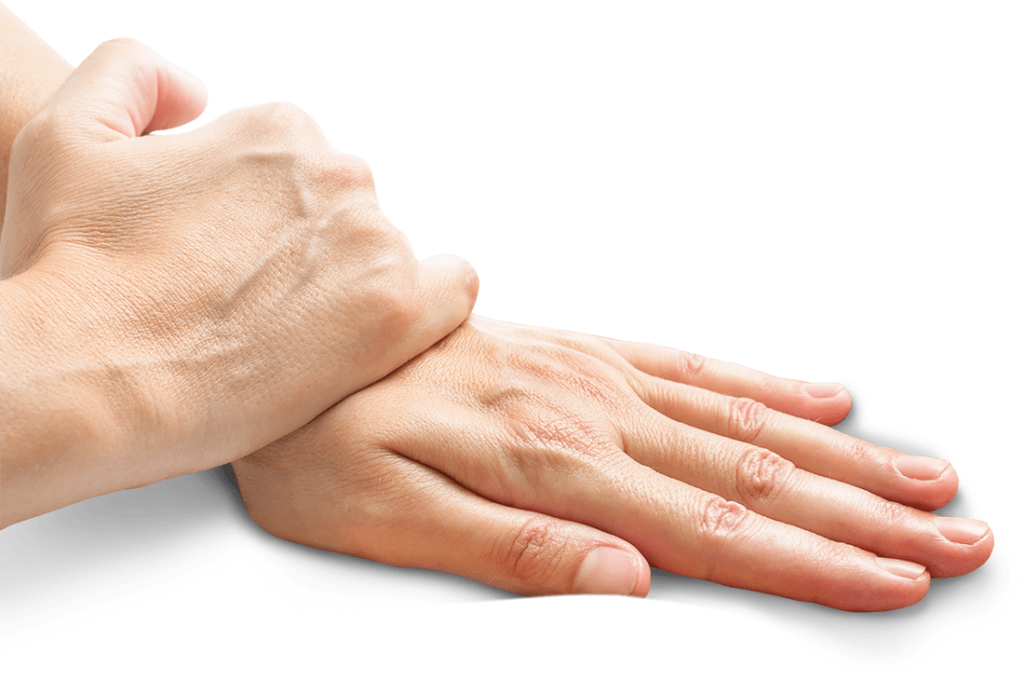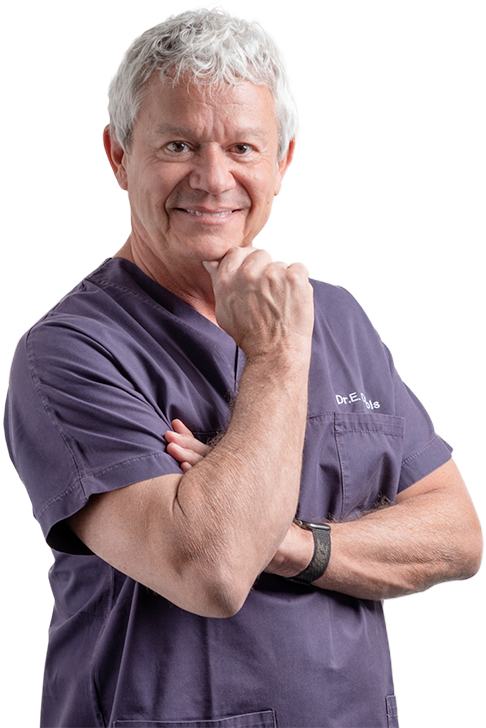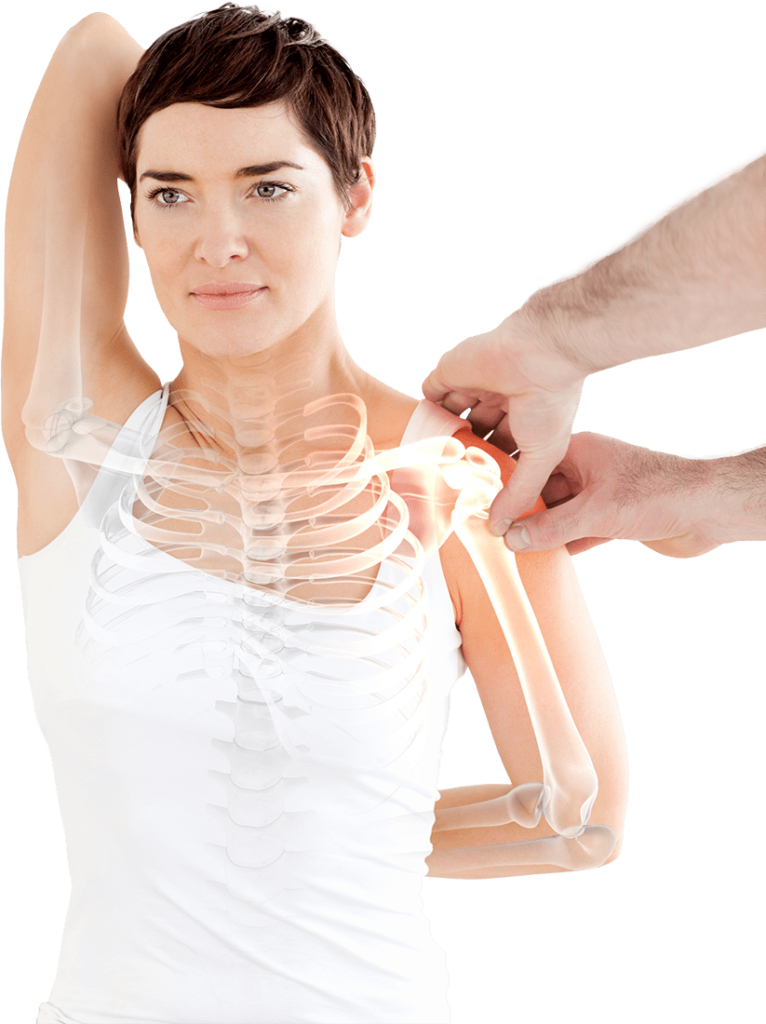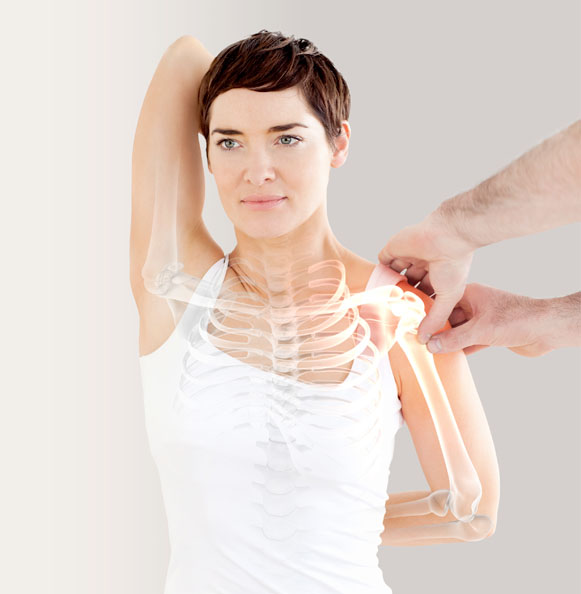Osteopathic medicine
Rediscover your natural balance
Your body is a complex system that deserves attention and care. Osteopathy is a discipline that, through gentle and targeted manual techniques, helps restore the body’s balance, relieve pain, and improve mobility.
osteopathy
Undeniable principles to be respected in osteopathic case history, analysis, and diagnosis.
In the beginning it was and always is the laws!
Before approaching a patient, we must respect, during the case history, the laws I present here, in order to understand how the patient interacts with the external world—through the study of their posture, which can also partially reflect their mental attitude or innate disposition.
This analysis is rooted in the fundamental respect for the laws of physics.
Don’t worry… the study approach is made very simple to understand.
The Laws
Anatomophysiological basis with an osteopathic focus
Common descending lesion reasoning
Imaging and
Osteopathy
"The only true wisdom is to know that you know nothing."
Socrates
Improve your therapeutic approach
Invest in your work to make it more efficient
Facing daily challenges with patients can be complex, especially when results are slow to appear. This can affect personal satisfaction and treatment effectiveness.
A structured and optimized approach allows for improved quality of care, reducing time and maximizing benefits for the patient. Based on clinical experience and over 13,000 cases treated, this method enables more concrete and lasting results.
Integrating new strategies into daily practice can make a real difference in the therapeutic process, increasing both efficiency and effectiveness of treatment.
Online counselling
Contact me to book an appointment
If you’d like to receive my consultation from the comfort of your home, you can contact me to arrange an online appointment where you will receive my personal advice.
Cost for a consultation (max 40 minutes):
40 $
Make an appointment:


Who I am
Dr. Emmanuel Dubois
Born in Belgium, September 28, 1958.
I have been practicing osteopathy since 1988, including 20 years in Italy.
Currently, I have closed my three practices in Italy, I have treated about 13,000 patients, complete with medical records.
I have retired and devote myself to study and teaching.
Curriculum Vitae
From 1976 to 1982 I studied in Brussels at the UCL Faculty of Medicine and functional rehabilitation at ISCAM.
From 1982 to 1988 I studied osteopathy and defended my Thesis at W.G Sutherland College in Paris.
From 1988 to 1998 I was Professor of Imaging in Paris, Nice, Lyon, Bordeaux and Vienna.
During 35 years of studying my patients, I have always challenged myself!

Contact
You will be contacted as soon as possible
For appointments (via Whatsapp only):

